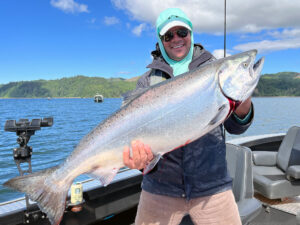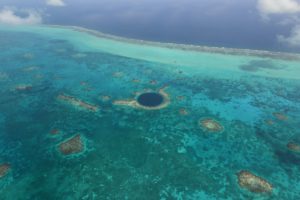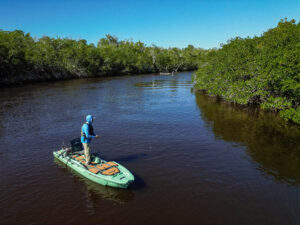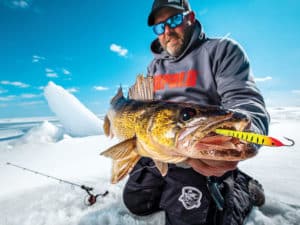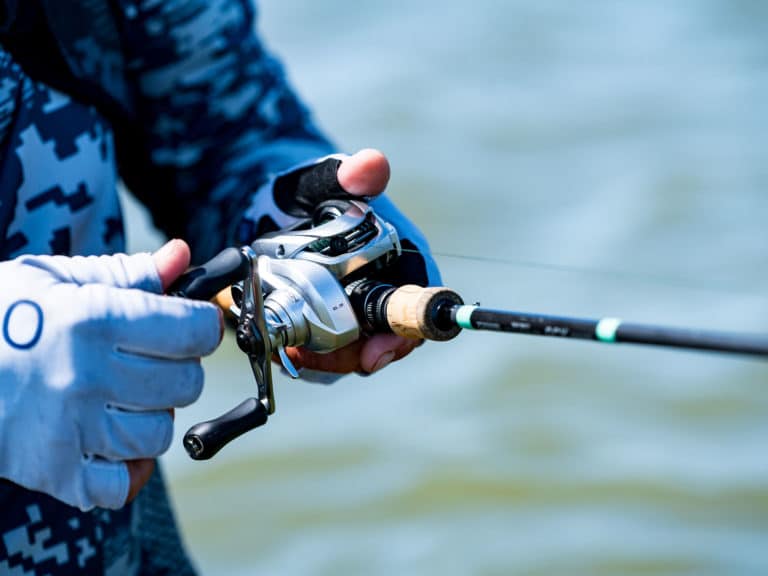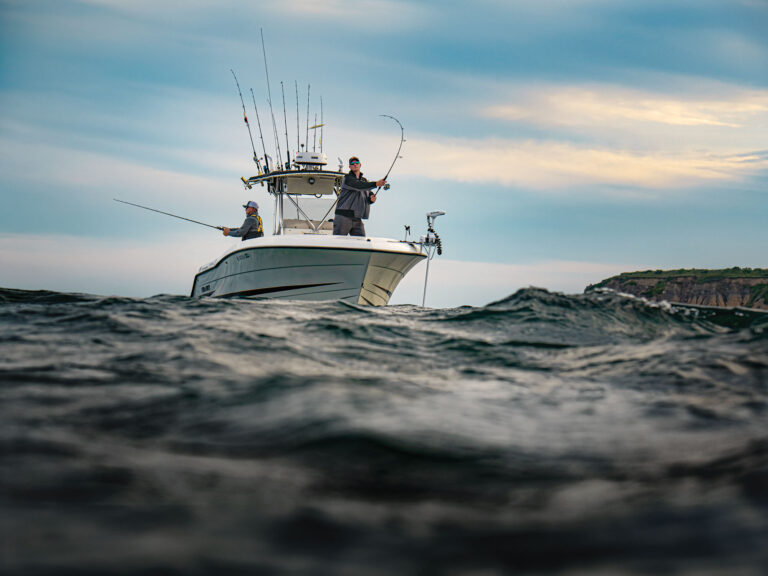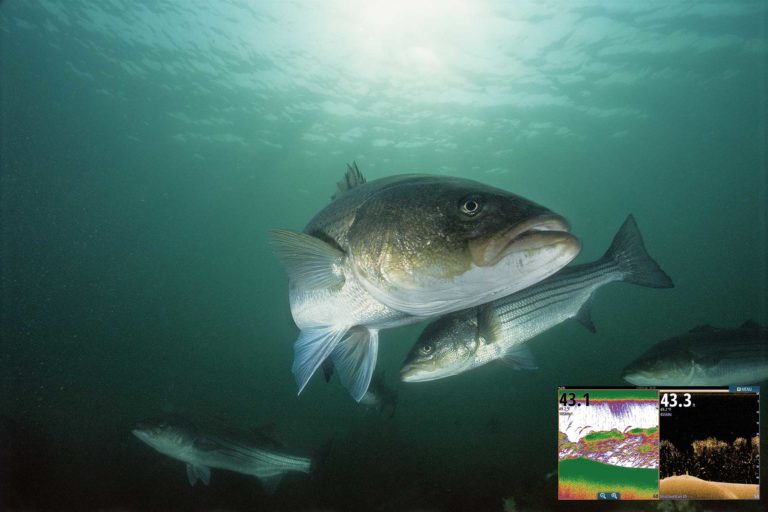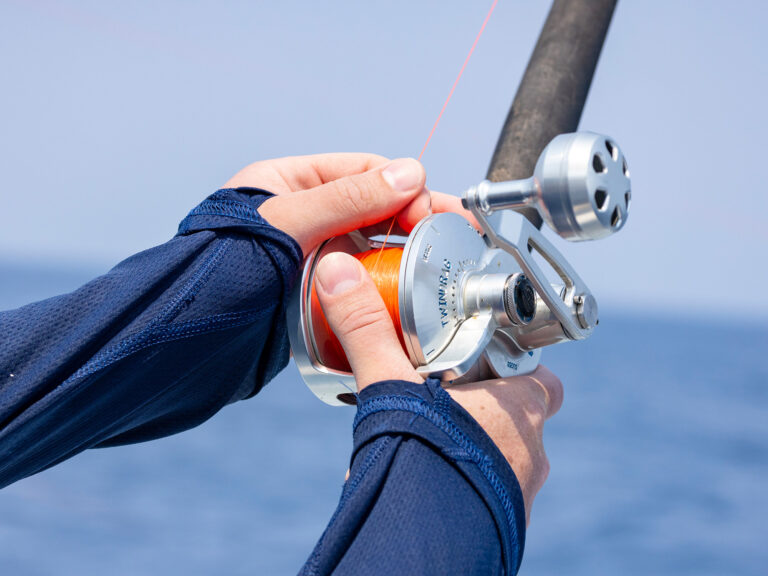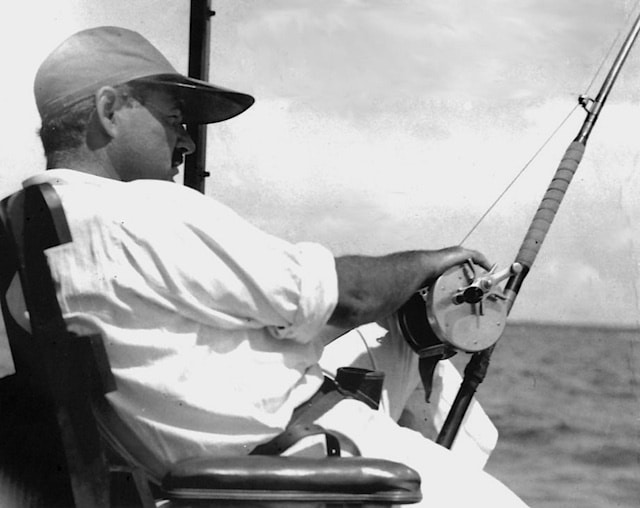
For two small islands of only 1,600 people, Bimini boasts an impressive number of world-class anglers, writers and statesmen who have either visited or lived on this tiny Bahamian outpost just 50 miles from the Florida coast. Anglers such as Zane Grey, Martin Luther King and my grandfather Ernest Hemingway have long enjoyed the islands’ reputation for some of the best fishing on the planet.
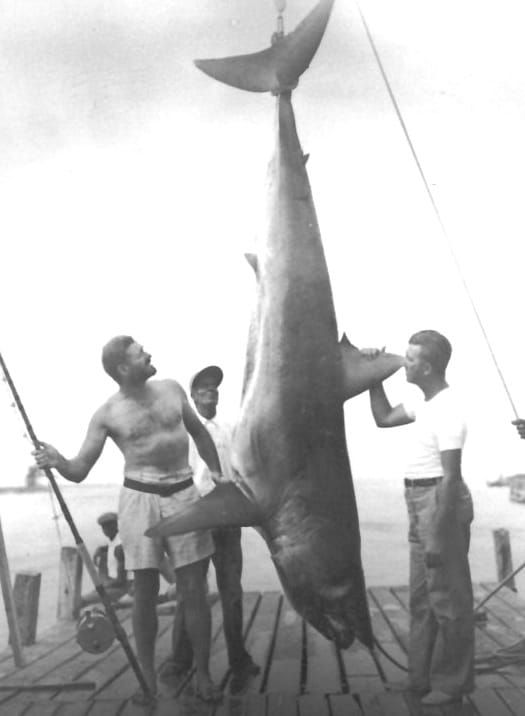
Grey was so enthusiastic about Bimini, he called it “a sport fisherman’s dream come true.” Trolling the waters between Key Largo and Bimini, he helped to introduce the well-heeled of the Roaring Twenties to the challenges of catching marlin and sailfish. His books and many world records also played a part in enticing my grandfather to the Keys and eventually to Bimini.
For Ernest, the sheer power and speed of the billfish and the bluefin tuna that were found right off the coast of the north island were irresistible. But hooking them was only part of the battle. His biggest problem (and no small part of the inspiration for his novella The Old Man and the Sea) was getting what he’d caught on board before they were “apple-cored” by mako sharks.
The swift and unforgiving makos feasted on many of his potential trophies and convinced him that it wasn’t enough to reel in the fish; you had to aggressively pursue it. He was one of the first to use the technique of putting the boat into full reverse to get his catch out of the water as soon as possible.
But as much as he loved the island and its fishing, Ernest didn’t come back after the summer of 1937. The Spanish Civil War was in full swing and after covering the fall of Madrid to the Fascists he moved to Cuba.
My father, on the other hand, continued to visit Bimini, and in the 1960s and ’70s my parents would often bring me over on the Grumman Goose seaplanes that Chalk’s Airlines flew out of Miami. The tarmac for these planes was – and still is – the same one that you see at the end of the Jonathan Demme film “The Silence of the Lambs.” These days, however, there’s only one airline that will take you there on a seaplane, Tropic Ocean Airways.
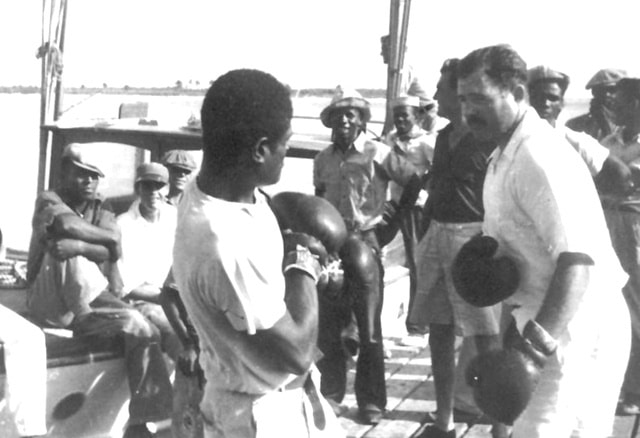
I caught one of their flights from Ft Lauderdale, Florida, with my girlfriend in February, and we were in Bimini a half an hour later just in time for the presentation of the 2013 Wahoo Smackdown Tournament in the “Hemingway Rum Lounge” of the Bimini Big Game Club.
The Big Game Club had hosted a previous tournament in November but participation in the February 21-23 event, with over 20 boats and close to 200 anglers, was even greater. Thanks to Mike Weber, the general manager of the Big Game Club, I was invited by Capt. Alex Jimenez and his crew on the 32-foot SeaVee Makin’ It Happen to see what the cutting edge of wahoo fishing was all about.
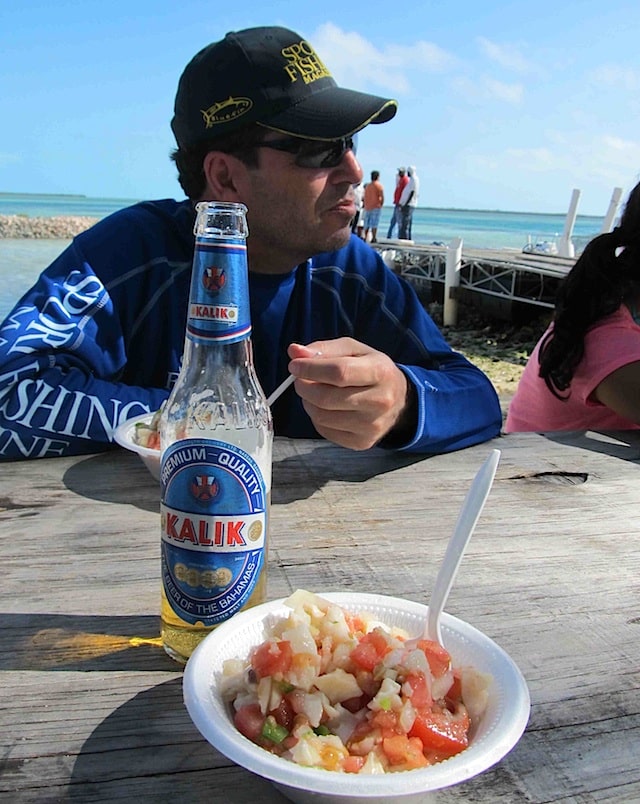
Alex told us to meet him at the dock at 6 a.m., which I thought was exaggeration, but I later found out that others had left even earlier at 4 and 3. Alex explained that there were three ingredients to any good day of wahoo fishing: tides, barometer and wind. The wahoo would always be biting wherever you found these three factors peaking.
We were heading to a particular spot that he liked about 50 miles south of Bimini at the edge of a bank drop-off. “The wahoo,” said Alex, “are opportunistic hunters and like the deeper water from 150 to 500 feet, where they can surprise their prey with lightening-fast bolts to the surface.” That was also why we were trolling much faster than I remembered ever moving in the 1960s. “Wahoo,” Alex explained, “like a fast lure.” It mimicked the speed of their prey, and we followed the edge of the drop-off at about 16 knots, cutting a course that was a gradual S-shape. And it worked!
Fifteen minutes after dropping the lures in the water we hooked a 40-pounder on the port gunwale line. It was a promising start but soon thereafter, one of the Mercury 300-horsepower outboard engines died and Alex had to change both fuel filters before we were able to start fishing again. By that time, the bite was gone and we didn’t catch anything else for the rest of the day. It was bad luck, but at least we had the spare fuel filters.
On the second day out, Alex and his crew bounced back with a total catch of 12 fish, including a dolphin, which won first prize in its category. This time we headed north and left an hour earlier at 5.
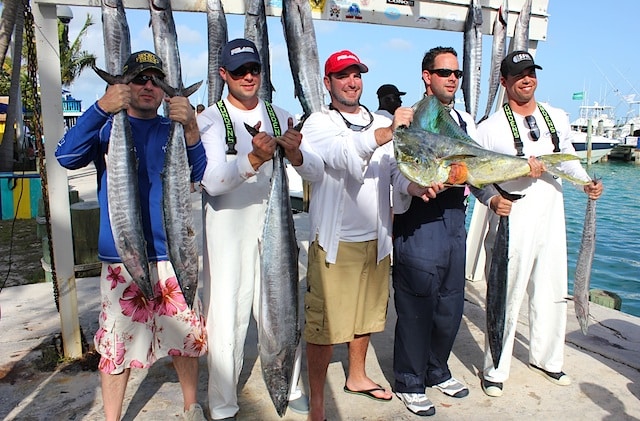
Unfortunately, the total weight of the catch wasn’t enough to put us in the top three. Still, the crew’s system worked, and I encourage anyone interested in upping their game to get in touch with Alex and to check out the DVD, “The Bimini Wahoo Experience,” at wahoohighspeedtrolling.com that he and his crew put together which explains everything you’ll ever need to know about the latest in wahoo fishing.
During the awards ceremony as I watched Alex receive his trophy from the hands of Playboy‘s Miss February, it occurred to me that there was a lot that he and his Cuban-American crew had in common with my grandfather.
It’s true that Ernest never had an on board computer to tell him exactly what was wrong with his engine, nor was the Pilar anywhere near as fast as Alex’s boat, but they were all intensely curious about the sea and the feeding habits and behavior of the species that you can catch in the Gulf Stream.
Ernest studied the blue marlin and reported his findings to marine biologists in Cuba and the United States. He wanted to know where the marlin were feeding and what they ate, where they spawned and when and how long they lived. He wanted to know everything there was to know about these predators because he admired their speed and their beauty and because — as with anglers the world over — these fish and the battles that he waged to bring them in had become a part of his life, a part of what defined him as a writer and a man.
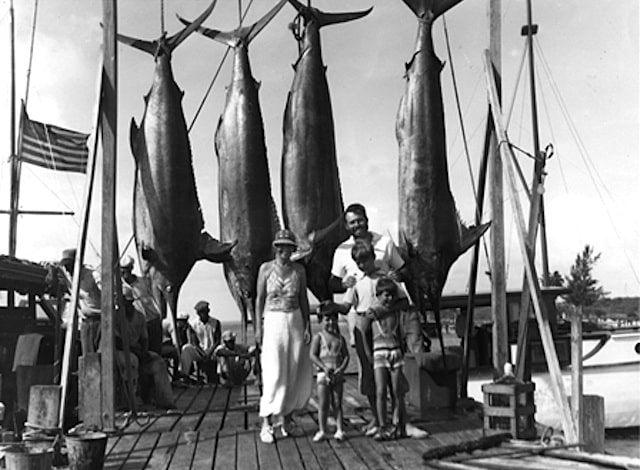
Next, see the “Hemingway in Bimini — Then & Now” gallery >>>

